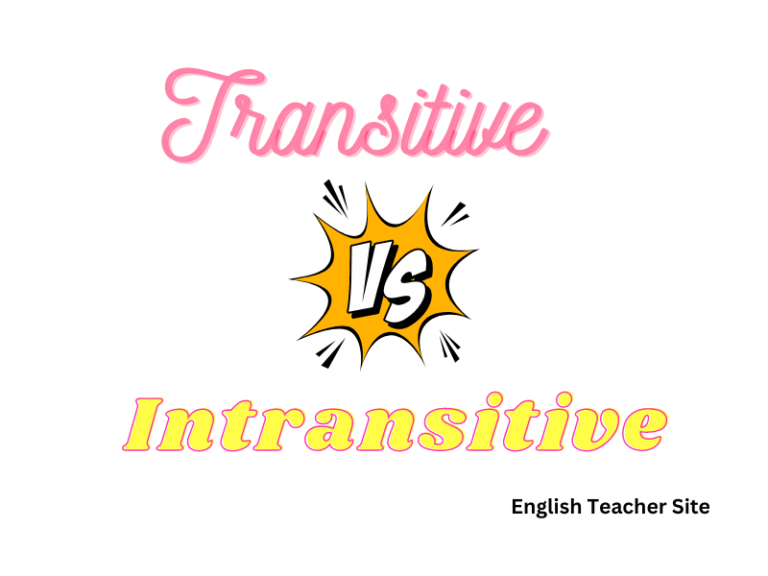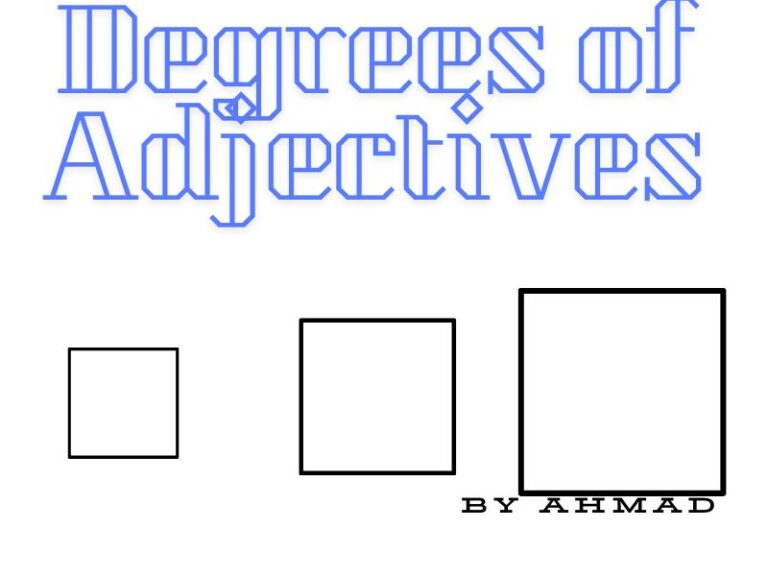What Are Compound Words: Understanding Dual-Word Constructions

- Compound words combine two or more words to form a new word with distinct meaning.
- They can be open, closed, or hyphenated, depending on how they are constructed and used.
- Recognizing compound words is vital for language development and comprehension.
The creation of compound words can be seen as a means of language evolution, providing a way to combine existing concepts to describe new phenomena or objects. These terms span across different categories, including nouns, adjectives, and verbs. Understanding how they are formed and used is essential for mastering the English language. Their formation can vary: sometimes they’re written as one word, sometimes with a hyphen, and other times as separate words.
Understanding Compound Words
Compound words are an integral part of the English language, providing a unique way to fuse separate words into a new entity with distinct meaning. They exhibit the flexibility and creativity present within the language.
Types of Compound Words
| Open Compounds | Closed Compounds | Hyphenated Compounds |
|---|---|---|
| Written as separate words | Written as one word | Connected by hyphens |
| Example: ice cream | Example: notebook | Example: mother-in-law |
Compound words can be categorized into open, closed, or hyphenated. Open compounds are written as separate words, such as ice cream. Closed compounds merge two words into one, such as notebook, while hyphenated compounds connect words with hyphens, like mother-in-law.
Formation of Compound Words
Compound words are typically formed when two or more words come together to create a new word with its own meaning. For instance:
- Sunflower: Combines sun and flower to describe a plant that is associated with the sun due to its appearance and behavior of turning to face the sun.
- Mailbox: Joins mail and box to denote a container for receiving mail.
It’s critical to note that in compound words, the individual meanings of the words contribute to the new meaning of the compound. For example, a toothbrush is a brush used for cleaning teeth.
Identifying Compound Words
| Word | Compound Type | Component Words |
|---|---|---|
| Toothpaste | Closed | Tooth, Paste |
| Full moon | Open | Full, Moon |
| Check-in | Hyphenated | Check, In |
To identify a compound word, one should look for smaller words that combine to form a larger word with a specific and unique meaning different from the individual words. When introducing compound words to learners, using familiar examples can aid in grasping this concept effectively.
In summary, compound words expand the richness of the English language, offering a nuanced way to convey precise ideas. Recognizing and using them appropriately is a key skill in mastering the language.
Exploring Types of Compound Words
These compounds can be written in different forms, each with unique rules concerning their formation and use. There are three primary types of compound words: closed, open, and hyphenated, with each type characterized by distinct writing styles. Furthermore, compound words can function as various parts of speech, affecting their placement and role in sentences.
Closed Compounds
Closed compounds merge two or more words together to form a single word without any spaces. They often evolve from phrases that have been used together frequently over time.
- Examples:
Noun Verb Adjective toothpaste bypass bittersweet football overthrow lowlife
Grouped by Part of Speech
- Nouns: Closed compounds often serve as nouns, representing a single entity or concept such as notebook or firefly.
- Verbs: As verbs, closed compounds describe actions like to waterproof a jacket.
- Adjectives: Used as adjectives, they modify nouns with terms like fulltime job.
Open Compounds
Open compounds are written as separate words, maintaining space between them. Their usage can be as frequent as closed compounds but they retain their distinct two-part form.
- Examples:
Noun Verb Adjective ice cream pick up real estate swimming pool take over middle class
Grouped by Part of Speech
- Nouns: In the form of nouns, open compounds name objects or concepts, such as tennis court.
- Verbs: Open compounds function as verbs when they imply actions, for instance, to break down barriers.
- Adjectives: Open compounds are adjectives when modifying a noun phrase like high school musical.
Hyphenated Compounds
Hyphenated compounds utilize a hyphen to link words together. This form is particularly used when the combined words might be confusing without the hyphen.
- Examples:
Noun Verb Adjective mother-in-law double-check well-known editor-in-chief air-condition state-of-the-art
Grouped by Part of Speech
- Nouns: Hyphenated words often form nouns that denote a person or object, like editor-in-chief.
- Verbs: They can be verbs where the hyphen clarifies meaning: double-check to avoid mistakes.
- Adjectives: As adjectives, hyphenated compounds describe something with more precision, such as a well-intentioned comment.
Comparing Compounds vs. Portmanteaus
In the expansive world of English vocabulary, there are numerous ways to create new words and enrich the language. Two such creations are compound words and portmanteaus, each with its distinct formation process and linguistic significance.
Compound words are the unification of two or more words to forge a single term, in which both elements retain their full forms and meanings. They can be written in three distinct ways: open compounds (with a space), hyphenated compounds, and closed compounds (without a space).
Portmanteaus, on the other hand, blend parts of two (or more) words to produce a new word with a meaning that fuses elements of the original words, yet often one or more of the initial words are truncated or not complete.
| Compound Words | Portmanteaus |
|---|---|
| Two full words combined | Blending partial words |
| Clear original meanings | Original words truncated |
| Structured as open, hyphenated, or closed | Structured as single words |
Examples of Compound Words:
- Open Compound: ice cream
- Hyphenated Compound: mother-in-law
- Closed Compound: toothpaste
Examples of Portmanteaus:
- Motel (motor + hotel)
- Brunch (breakfast + lunch)
- Smog (smoke + fog)
Portmanteaus are often crafty, showcasing linguistic creativity, as they can convey complex ideas or associations succinctly. Contrastingly, compound words offer clarity and precision in their straightforward combination of words. Each holds a unique place in the lexicon, demonstrating the adaptability and innovation embedded in the English language.
Common Compound Words List
Compound words play a vital role in the English language. They combine two or more words to form a new, single entity, often with a meaning that is distinct from the individual words themselves. This list is a sampling of the diversity found in compound word construction.
Closed Compound Words
Closed compound words are written as a single word without spaces in between. Here is a selection of commonly used closed compound words:
- sunflower
- butterfly
- notebook
- bedroom
- earthquake
- password
- supermarket
- homework
- keyboard
- jellyfish
- railroad
Hyphenated Compound Words
Hyphenated compound words connect words with a hyphen. They are often found in compound adjectives and some nouns. A few examples include:
- mother-in-law
- check-in
- runner-up
- dry-cleaning
- well-being
- long-term
- up-to-date
- mass-produced
- editor-in-chief
- two-thirds
Open Compound Words
Open compound words are written as separate words, but when used together, they have a single, linked meaning. Some open compound words one might encounter frequently are:
- post office
- full moon
- living room
- coffee table
- dining room
- real estate
- ice cream
- cell phone
- high school
- skating rink
My name is Khamis Maiouf. I am the creator of the English Teacher Site, dedicated to providing valuable resources and insights for students around the world. With a passion for education and a commitment to helping students enhance their skills, I aim to make English teaching more effective and enjoyable for both educators and students.






